IMPORTANT - I advise full flaps and trim while pulling back on takeoff, as it noses down pretty hard.
As WWII dragged on, the Brewster Buffalo, not the best aircraft even when first introduced, was becoming more and more obsolete, and a pig to fly, so not even much use for training. The Berliner-Joyce company tried to fix this, by attempting to squeeze as much power into the small stocky airframe as possible. They did this by removing the original engine, replacing it with a powerful Twin Wasp engine, and placing it right in the middle to prevent the immense weight tipping the aircraft. The power was then routed via a driveshaft to two oversize propellers, in an alternate solution to contra-rotating props. The cockpit was completely redesigned to give the pilot excellent visibility, a vast improvement over the original F2A's dismal lines of sight. Four 20mm Browning cannons were then installed in a pod beneath the cockpit, giving the craft a pretty powerful punch. The result was a fast aircraft that retained a lot of the original durability, with a high top speed, good energy retention, powerful armament, and the ability to serve as reconnaissance or a fighter due to the expansive view from the cockpit. However, the war ended before it could be pushed into production, so the project was mothballed. The few test pilots that did fly it reported good, if a little unstable handling, excellent views, nice speed, but did complain slightly about the lack of protection in the cockpit, as well as tricky landing due to keeping the original, ungainly landing gear.
CONTROLS - VTOL controls the flaps, trim is trim.
I'm not sure whether this aircraft was actually real or not, I found one design drawing, but only one, and this monstrosity doesn't seem the most realistic. However, the backstory I created is 100% fictional.
Specifications
Spotlights
- BlackhattAircraft 6.6 years ago
General Characteristics
- Created On Windows
- Wingspan 33.3ft (10.2m)
- Length 29.1ft (8.9m)
- Height 10.1ft (3.1m)
- Empty Weight N/A
- Loaded Weight 8,557lbs (3,881kg)
Performance
- Horse Power/Weight Ratio 0.35
- Wing Loading 40.3lbs/ft2 (196.7kg/m2)
- Wing Area 212.4ft2 (19.7m2)
- Drag Points 6659
Parts
- Number of Parts 200
- Control Surfaces 8
- Performance Cost 749

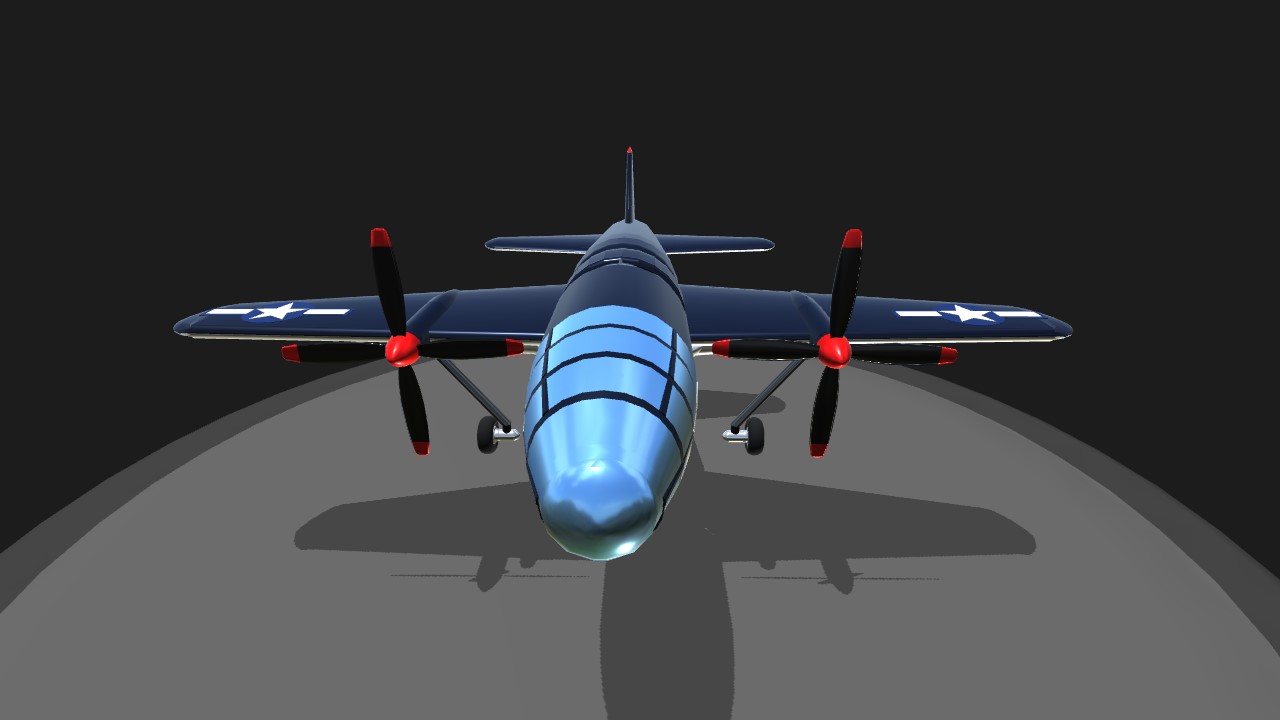

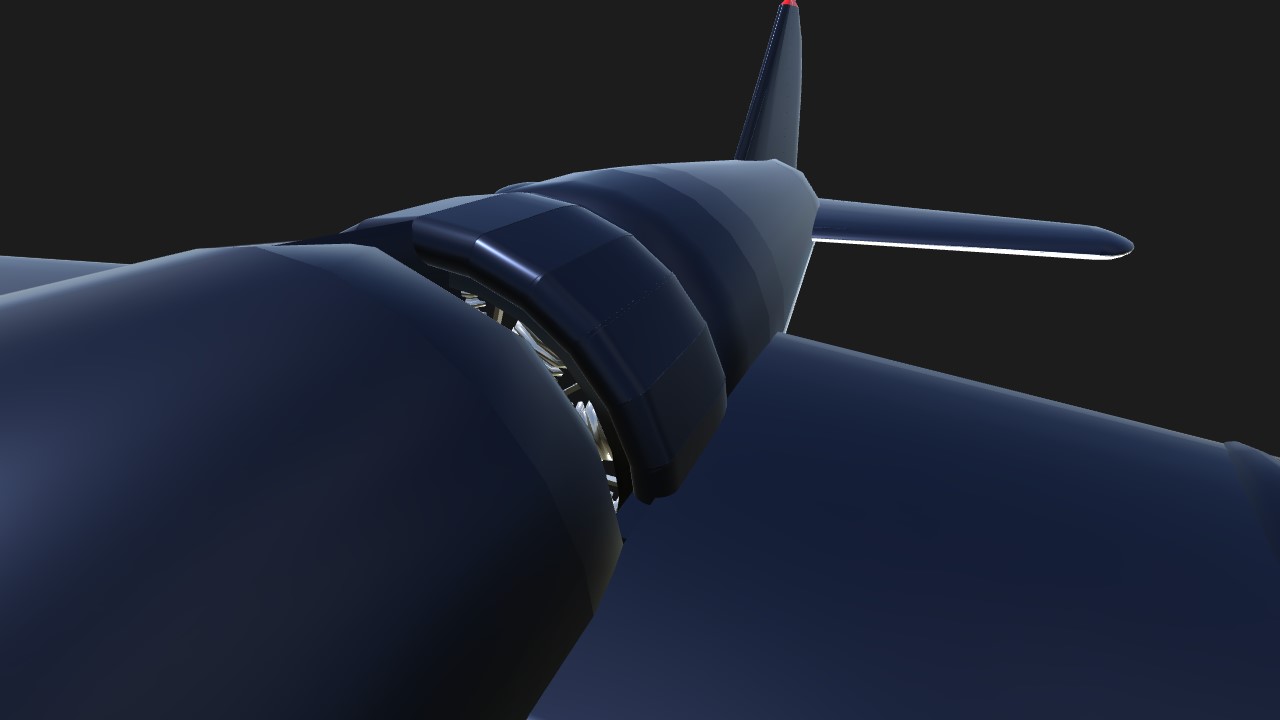
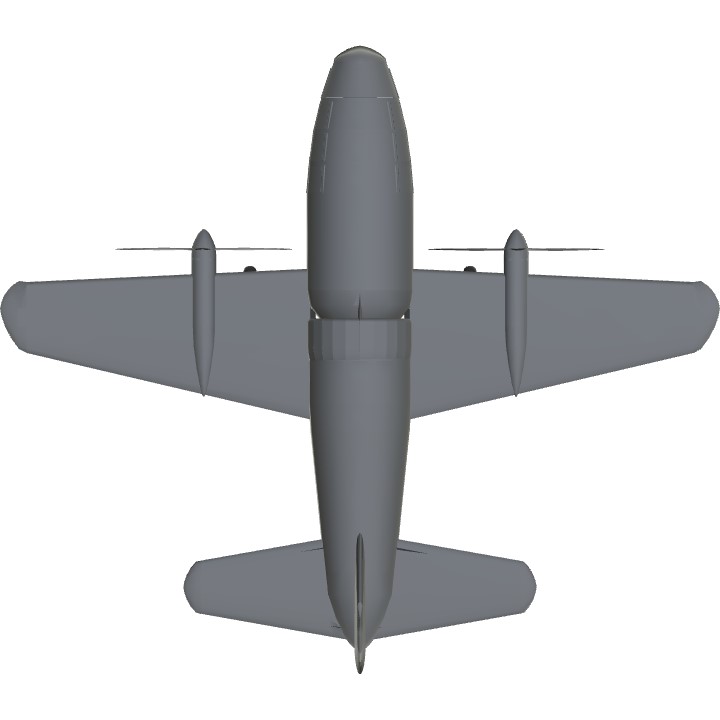
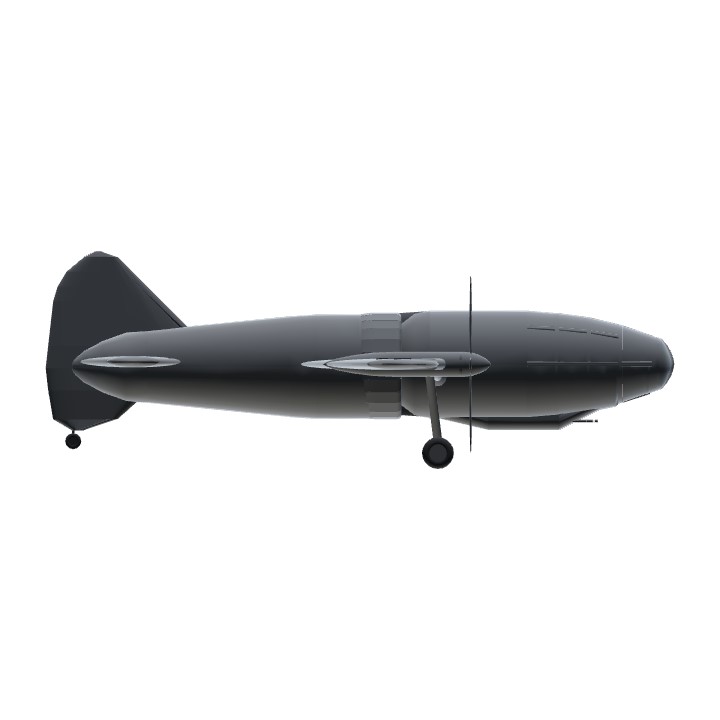
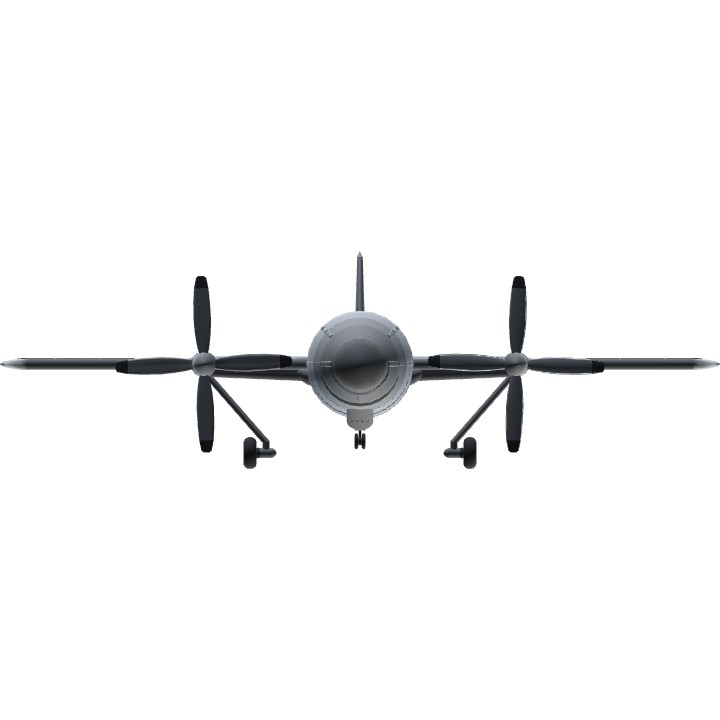
@ChiyomiAnzai You were right! I'm so happy!!!
@ChiyomiAnzai Very nearly at the moment, but I'm going for it. Thanks for the upvote mate!